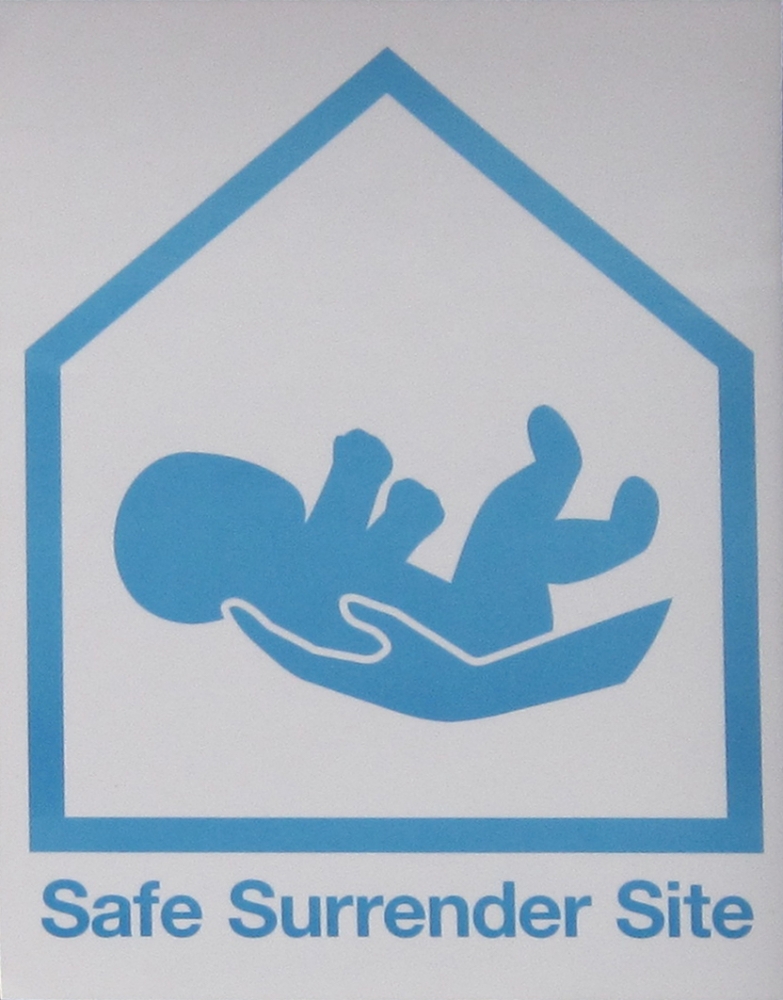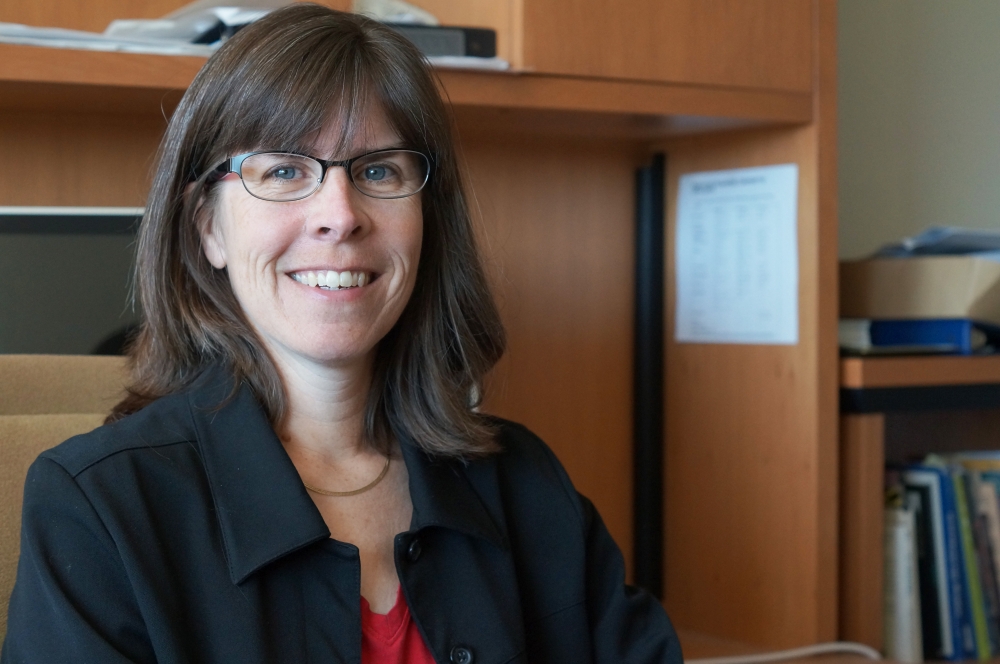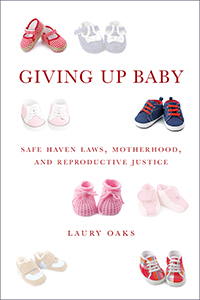
Giving Up Baby


The signs are posted at hospitals and fire stations: The figure of a hand cradling a baby is enclosed in the outline of a blue house.
This is the logo of California’s Safely Surrendered Baby Law, intended to save lives of newborn infants at risk of abandonment by allowing their safe and anonymous surrender at designated locations, no questions asked.
Yet from the perspective of an academic, there are always questions. And Laury Oaks, professor and chair of feminist studies at UC Santa Barbara, raises many about such laws across the nation in her new book, “Giving Up Baby: Safe Haven Laws, Motherhood, and Reproductive Justice” (NYU Press, 2015).
“Part of why I was drawn to this safe haven issue is on the face of it, it’s a feel-good policy,” Oaks said. “Who would argue against saving innocent babies? One can see how it has a great deal of emotional power. What I’m interested in is looking beyond that to see how these laws are promoting a very narrow idea about the nature of maternal love and who deserves to be a mother. What I’ve found is that our society and the safe haven advocacy literature are using judgments about age, race, class, immigration status and other social categories.”
Since Texas became the first state to enact a safe haven law in 1999, every state and the District of Columbia have followed suit. Sometimes there have been unintended consequences.
In Nebraska, a law enacted in 2008 was hastily revised later the same year to limit surrenders to infants no more than 30 days old after parents handed over 35 older children, many of them ranging in age from 10 to 17 and left behind by parents who said they were uncontrollable and needed more counseling or psychiatric services than they could afford.
“Some guardians, parents and grandparents in Nebraska traveled across state lines in order to relinquish their teenagers,” Oaks said. “One single father dropped off nine of his children, ages 19 months to 17 years, at the hospital after his wife died. This opens a whole dialogue about the lack of services for people trying to parent their children.”
Oaks also noted that many public service announcements appear targeted at certain ethnicities. For example, a video on the Baby Safe Haven web site features a preschooler with brown skin and Latina features playing on the beach with an adult figure with very fair skin. “Molly was born on a rock in Central Park on Sept. 9, 2001,” the screen reads. “She is with us because her mother chose to give her over to the Children of Hope Safe Haven Program. Today, she lives happily with her adoptive family on Long Island.”
In California, the state’s Department of Social Services reports that 685 newborns were surrendered from 2001-2014, including 73 last year. Yet statistics on the backgrounds of those making legal surrenders of infants are not available because of the guarantee of anonymity.
“All the videos represent that for this girl or woman, often young, poor and of color, the best thing for her to do is to relinquish her motherhood, relinquish her right to mother that child,” Oaks said. “What I argue is this kind of analysis pushes us to question the safe haven basic assumption, which is that a good mother relinquishes the baby as an act of maternal love.”
Yet another question is that of parental rights. One parent anonymously surrendering an infant could undermine the rights of the absent parent, in some cases a man who might be unaware of the baby’s existence. “The hook is about the anonymity, which is framed by advocates as being the best part of the law,” said Oaks. “Women can avoid stigma and will not be judged and there will not be criminal repercussions unless the baby has been neglected or abused.”
Though a person surrendering a baby often is asked to fill out a medical questionnaire, it is optional, thus depriving the eventual adoptive parent and later the child of what could be important medical history.
Further, the laws and procedures in each state are different, including policies regarding a surrendering parent changing her or his mind. “All the states have different laws and timelines,” Oaks noted. “That’s not good health policy. If these laws truly are to facilitate assistance for women who are in a state of crisis, they are not set up in a way that is efficient for them.”
In addition, parents may have misconceptions about how a baby is to be handed over. It is not sufficient to leave a baby on the doorstep of a fire station. “One of the primary tenets of the laws it to hand it directly over to somebody, that is what is safe, not leaving a baby somewhere else that is not that safe,” Oaks said.
Proponents of the laws make one simple argument: To save any baby is enough. “The dumpster baby is always the shadow in the background,” Oaks said. “Representing the dumpster as the risk attempts to shift our focus away from the complexities of new mothers’ lives. Working toward women’s well-being and reproductive justice is a better response than targeting some women and girls as potentially bad mothers and promoting the message that what is best is for them to relinquish their children.”



